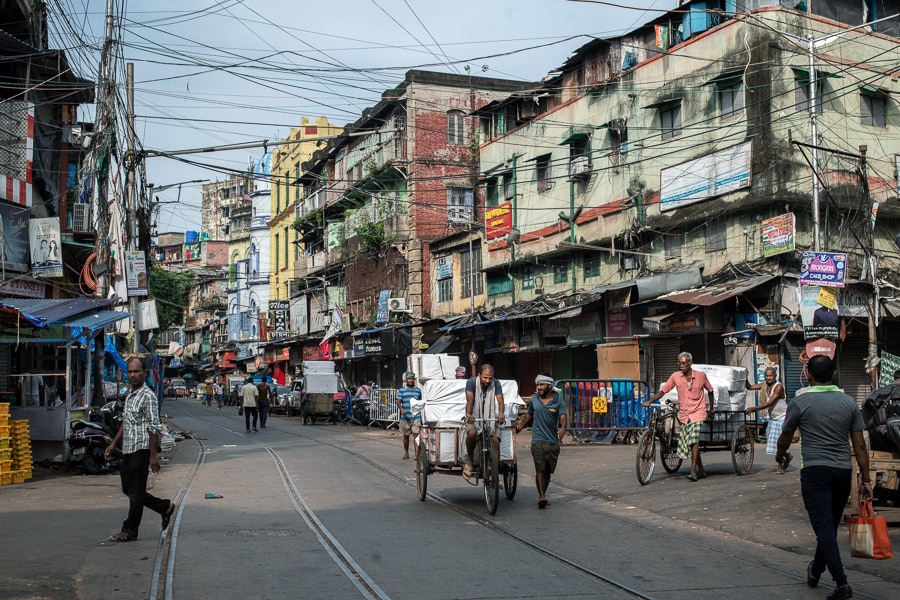
India's economy, slammed by Covid-19, needs its lost growth
The coronavirus has essentially robbed India of much of the momentum it needed to provide jobs for its young and fast-growing workforce
 Day laborers in Kolkata, India, on July 19, 2021. Small traders and daily wage laborers in India suffered bigger job losses during the lockdowns than others, though they were able to go back to work once the restrictions were lifted; Image: Rebecca Conway/The New York Times
Day laborers in Kolkata, India, on July 19, 2021. Small traders and daily wage laborers in India suffered bigger job losses during the lockdowns than others, though they were able to go back to work once the restrictions were lifted; Image: Rebecca Conway/The New York Times
The coronavirus continues to batter India’s damaged economy, putting growing pressure on Prime Minister Narendra Modi to nurture a nascent recovery and get the country back to work.
The coronavirus, which has struck in two waves, has killed hundreds of thousands of people and at times has brought cities to a halt. Infections and deaths have eased, and the country is returning to work. Economists predict that growth could surge in the second half of the year on paper.
Still, the damage could take years to undo. Economic output was 9.2% lower for the April-through-June period this year than what it was for the same period in 2019, according to India Ratings, a credit ratings agency.
The coronavirus has essentially robbed India of much of the momentum it needed to provide jobs for its young and fast-growing workforce. It has also exacerbated longer-term problems that were already dragging down growth, such as high debt, a lack of competitiveness with other countries and policy missteps.
Economists are particularly concerned about the slow rate of vaccinations and the possibility of a third wave of the coronavirus, which could prove to be disastrous for any economic recovery.
©2019 New York Times News Service







